Melbourne, Victoria, Australia
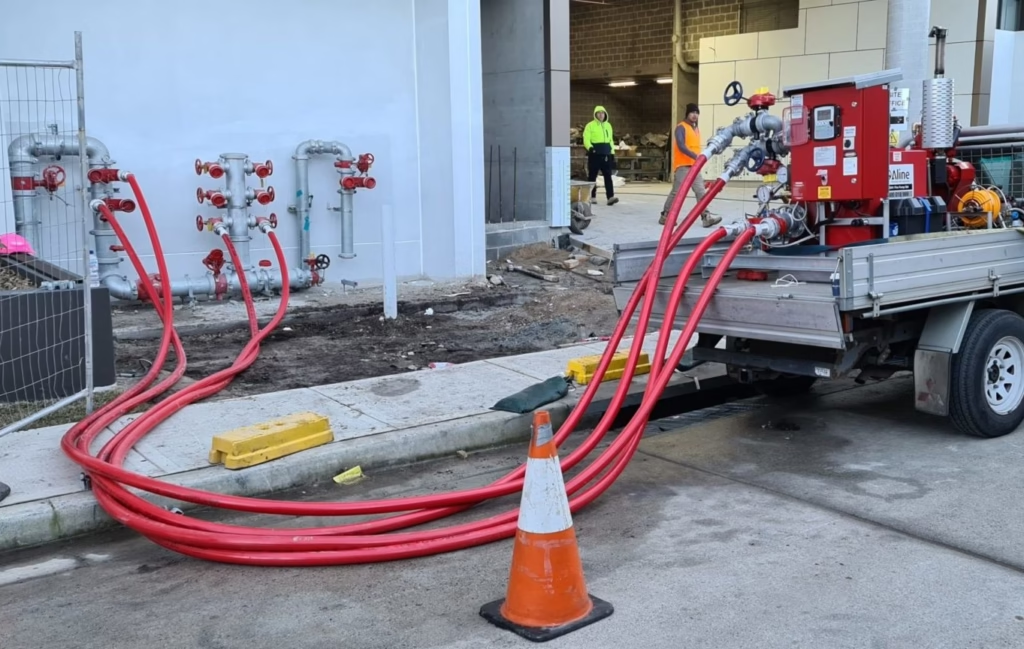
Ensuring the Reliability and Compliance of Your Fire Safety Systems
Regular inspection and testing of fire protection systems are essential activities that help ensure the proper functioning and safety compliance of your fire safety measures. These procedures are carried out to detect potential issues, verify system performance, and meet regulatory standards, providing peace of mind that your property and occupants are protected during emergencies.
Purpose:
The goal of an inspection is to visually assess the condition and functionality of fire safety equipment and systems, identifying any damage, wear, or operational issues that may compromise safety.
Frequency:
Inspections are typically conducted regularly, from monthly to annually, depending on the equipment and regulatory guidelines.
Activities:
Check for proper installation of fire safety devices like extinguishers, alarms, and sprinklers.
Assess the condition of equipment, ensuring no visible damage or deterioration.
Verify that all components are functional and accessible, including fire alarms, emergency lights, and sprinkler systems.
Purpose:
Testing is a more thorough process where each system component is checked for functionality to ensure it works as intended during a fire emergency.
Frequency:
Testing is generally conducted annually, though it may vary based on specific system requirements or regulatory demands.
Activities:
Fire Alarm Testing: Activate alarms to ensure they sound properly and can be heard throughout the premises.
Sprinkler System Testing: Verify that the sprinkler system activates correctly, including checking pressure and flow.
Fire Extinguisher Functionality: Test extinguishers to confirm they discharge properly and are ready for use.
By conducting regular inspections and tests, businesses and property owners can identify potential issues early, making timely repairs or adjustments to maintain fire safety systems in optimal condition. This proactive approach helps ensure that systems will function as required during an emergency, enhancing safety and compliance with fire protection regulations.
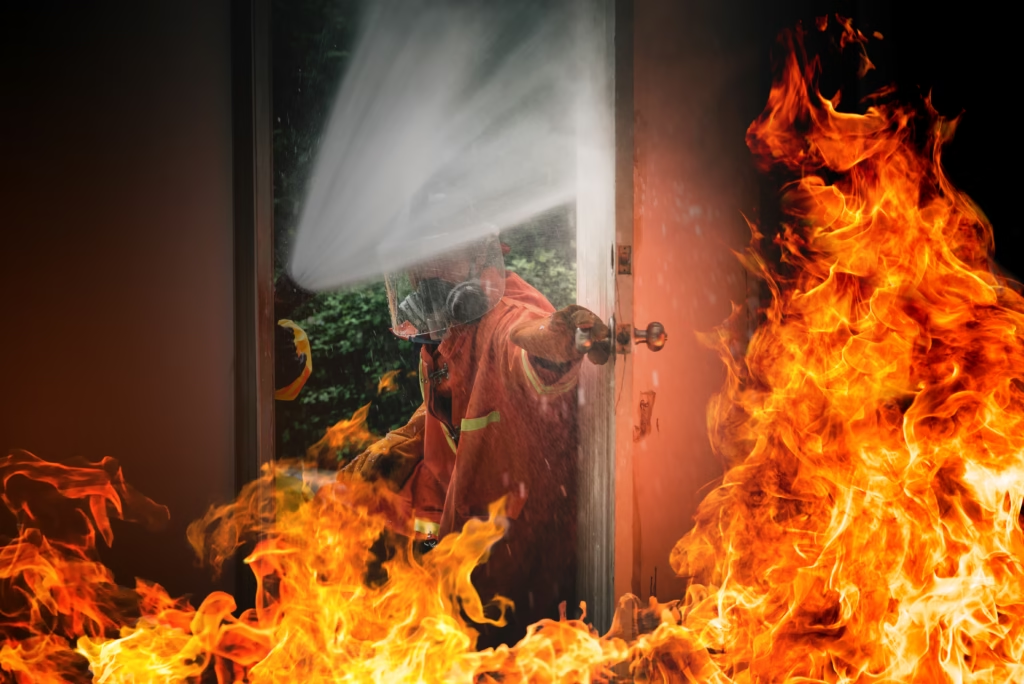
Ensure Peak Performance & Fire Safety Readiness
Your fire protection system is only as effective as its weakest component. we provide comprehensive hydrant flow testing services to evaluate the performance, pressure, and flow capacity of your hydrant system—ensuring you’re fully prepared when it matters most.
1. Flow Rate Assessment
We accurately measure the volume of water your hydrants deliver, ensuring they meet fire safety and regulatory standards.
2. Pressure Testing
Our technicians evaluate the hydraulic pressure across your hydrant system, confirming that sufficient force is available to effectively combat fires.
3. Performance Verification
We assess the condition and functionality of all key components—valves, nozzles, hoses, and connections—to detect any faults that may hinder performance during an emergency.
4. Comprehensive Reporting
Receive detailed, easy-to-understand reports outlining all test results, including flow and pressure data, compliance status, and improvement areas.
5. Expert Recommendations
Based on our findings, we offer tailored advice on repairs or upgrades and can assist you in implementing the necessary solutions for optimal system readiness.
Certified Expertise: Highly trained technicians with deep knowledge of fire safety systems.
Code Compliance: Testing that aligns with relevant fire safety standards and building regulations.
Preventative Maintenance: Identify issues early to avoid system failure and costly repairs.
Clear Documentation: Useful for audits, insurance, and regulatory inspections.
Peace of Mind: Confidence that your hydrant system will perform when you need it most.
Don’t wait for an emergency to find out your hydrants aren’t ready. Book a hydrant flow test with us today and take a proactive step toward protecting your people, property, and peace of mind.
📞 Contact us now to get started.

Clear, Compliant & Custom-Fit for Every Facility
Emergency evacuation diagrams—also known as evacuation plans—are essential visual guides that display escape routes, emergency exits, assembly points, and critical safety features within a building. These diagrams are vital tools during emergencies such as fires, gas leaks, or natural disasters, helping occupants evacuate safely and efficiently.
Quick Guidance during emergencies for staff, visitors, and the public
Clear Instructions on how to exit the building and where to assemble safely
Legal Compliance with fire safety regulations and building codes
Minimized Panic through clear, easy-to-understand visuals

Block plans are critical visual tools in fire protection, providing clear and detailed diagrams that illustrate key components and layouts of fire safety systems within a building. These plans significantly enhance the effectiveness of fire protection by enabling quick response and accurate system management.
A Zone Block Plan outlines the layout of a building and specifies the detection coverage within each fire alarm zone or emergency area. In multi-storey structures, zones are typically aligned with individual floors.
Location: Commonly installed beside Fire Indicator Panels (FIPs).
Purpose: Assists emergency responders by displaying zone locations, enabling quick identification of the fire source.
Compliance: Each fire alarm panel must have an up-to-date Zone Block Plan, especially after structural changes like renovations.
Benefit: Supports efficient fire brigade operations and minimizes emergency response time.
Sprinkler Block Plans are precise diagrams that display protected areas, stop valves, hazard classifications, and operation instructions for fire sprinkler systems.
Standards: Must comply with Australian Standard AS2118.
Usage: Enables the fire brigade to:
Identify isolation and alarm valve positions.
Understand hazard class distinctions.
Determine coverage areas within the sprinkler system.
Maintenance: Vital for fire service companies during annual flow testing to verify system performance (flow and pressure rates).
Durability: Must be weatherproof and resistant to water and fading to ensure long-term accuracy.
A Fire Hydrant Block Plan visually outlines the layout and key components of a building’s hydrant system, including hydrants, hose reels, isolation valves, and potential hazards.
Functionality:
Helps the fire brigade quickly locate hydrants and stop valves.
Assesses booster flow/pressure ratings.
Identifies hazards such as gas mains or flammable materials.
Standards: Must comply with Australian Standard AS2419.
Placement: Engraved and installed at strategic locations such as the building entrance and pump room, especially for systems with booster assemblies.
Durability: Plans must be resistant to environmental damage (water, fading, weathering) to retain clarity during emergencies.
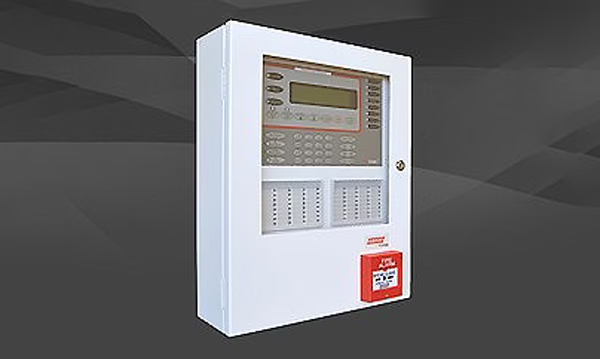
Comprehensive Fire Detection & Occupant Warning Systems
we are dedicated to protecting lives and property through innovative Fire Detection and Occupant Warning System solutions. Our advanced services are engineered to deliver early fire detection, immediate occupant alerts, and streamlined evacuation procedures—forming a proactive fire safety strategy for any environment.
Early Threat Recognition: We deploy the latest in smoke, heat, and flame detection technologies to identify fire risks at the earliest possible stage.
Custom Zoning Solutions: Our systems support strategic zoning, allowing for accurate threat localization and targeted emergency responses.
Instantaneous Notifications: Fire alarms, PA systems, and strobe lights ensure that occupants are alerted swiftly and clearly during emergencies.
Guided Evacuation: Voice-guided instructions assist in leading people safely to exits and assembly points, enhancing evacuation efficiency.
On-Site Risk Assessment: We begin with an in-depth assessment of your property to design solutions that address your specific layout and fire risks.
Integrated System Design: Our systems are designed for seamless integration with existing building infrastructure, ensuring a unified safety network.
Remote System Monitoring: Our solutions support real-time monitoring, enabling prompt emergency response and centralized control.
False Alarm Reduction: We use intelligent detection algorithms to significantly reduce the occurrence of false alarms and improve system reliability.
Adherence to Codes: All our systems are developed and installed in full compliance with applicable fire codes and safety regulations, ensuring both legal and operational peace of mind.
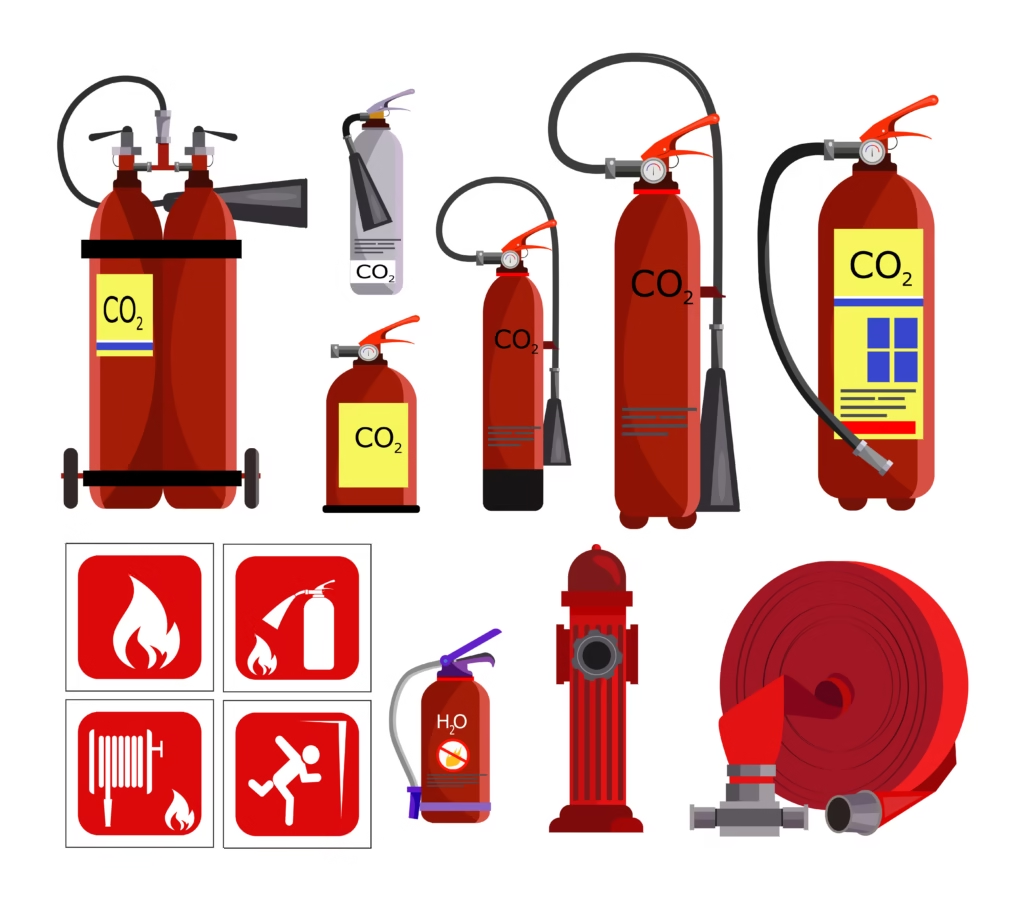
At Reliance Fire Protection, we specialize in delivering high-quality portable fire equipment to strengthen your fire preparedness. Our comprehensive solutions are designed to provide dependable and effective firefighting tools when you need them most. Here’s what makes us your ideal fire safety partner:
We offer a broad range of top-tier portable fire safety products, including fire extinguishers, fire blankets, hose reels, and more. Our inventory caters to various environments and fire risks, ensuring the right fit for every need.
Our experienced team provides expert recommendations tailored to your building layout, industry type, and specific fire hazards. We ensure you’re equipped with the most appropriate and effective fire protection tools.
We source our products from trusted manufacturers and guarantee that every item meets or exceeds industry safety standards. Our quality assurance ensures dependable performance in critical situations.
Our technicians professionally install your fire equipment to ensure optimal placement and accessibility. Installations are carried out in accordance with safety regulations and best practices, maximizing protection and ease of use.
Stay compliant and safe with our routine inspection and maintenance services. We perform detailed checks, resolve any issues, and certify that your fire equipment remains in peak operating condition.
In urgent situations, our dedicated team is ready to respond quickly. Whether it’s an equipment fault or an immediate need for support, we act fast to restore safety and functionality.

Purpose:
This phase focuses on ongoing maintenance and preventative actions to ensure that fire protection systems continue to function effectively over time.
Activities:
Routine Maintenance: Conducting regular check-ups and preventive servicing to identify and resolve issues before they become serious.
Functionality Testing: Verifying the performance of key system components such as alarms, sprinklers, and smoke detectors.
System Enhancements: Making upgrades or improvements to keep the system aligned with current safety regulations and technological advancements.
Key Considerations:
Regular service enhances system reliability, extends lifespan, and minimizes the risk of failure during emergencies.
Purpose:
The repair stage involves fixing any issues or failures in the fire protection system, whether discovered during scheduled maintenance or as a result of unforeseen incidents.
Activities:
Fault Diagnosis: Identifying problems through inspections and system testing.
Component Repair or Replacement: Fixing or swapping out malfunctioning parts like sensors, wiring, or control panels.
Urgent Repairs: Rapidly addressing sudden failures to restore system functionality immediately.
Key Considerations:
Timely and effective repairs are critical to maintaining the fire system’s readiness and avoiding extended periods of vulnerability.
Both service and repair are vital to a complete fire safety program. While regular servicing helps prevent breakdowns, prompt repairs ensure the system remains fully functional and compliant with safety regulations. This proactive approach significantly improves overall fire safety and system reliability.
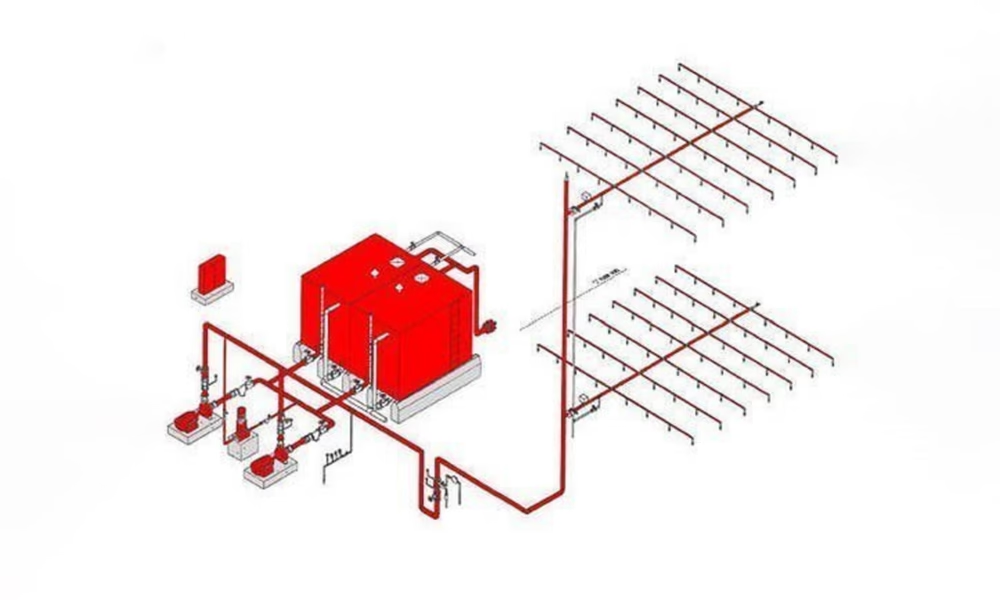
Purpose:
The design stage focuses on developing a fire protection system specifically suited to the unique layout and requirements of a building. This includes deciding on the necessary equipment, determining the most effective locations, and designing the system’s overall structure.
Process:
Risk Evaluation: Assessing the building for potential fire hazards and areas of vulnerability.
System Selection: Choosing the appropriate types of fire protection systems (e.g., alarms, sprinklers, detectors).
Layout Development: Drafting detailed plans for where each piece of equipment will be installed.
Key Considerations:
The system design must align with fire safety codes, effectively address identified risks, and integrate smoothly with the building’s structure.
Purpose:
This phase involves the actual setup of the fire protection system based on the approved design. It includes installing equipment, wiring, and ensuring all components are properly connected.
Process:
Device Placement: Installing fire safety devices such as detectors, sprinklers, alarms, and extinguishers.
Electrical Setup: Running wires and making necessary connections to enable system functionality.
System Coordination: Ensuring all components are connected and function together as a complete system.
Key Considerations:
Trained professionals carry out the installation to guarantee that everything is up to code, fully operational, and compliant with all safety standards.
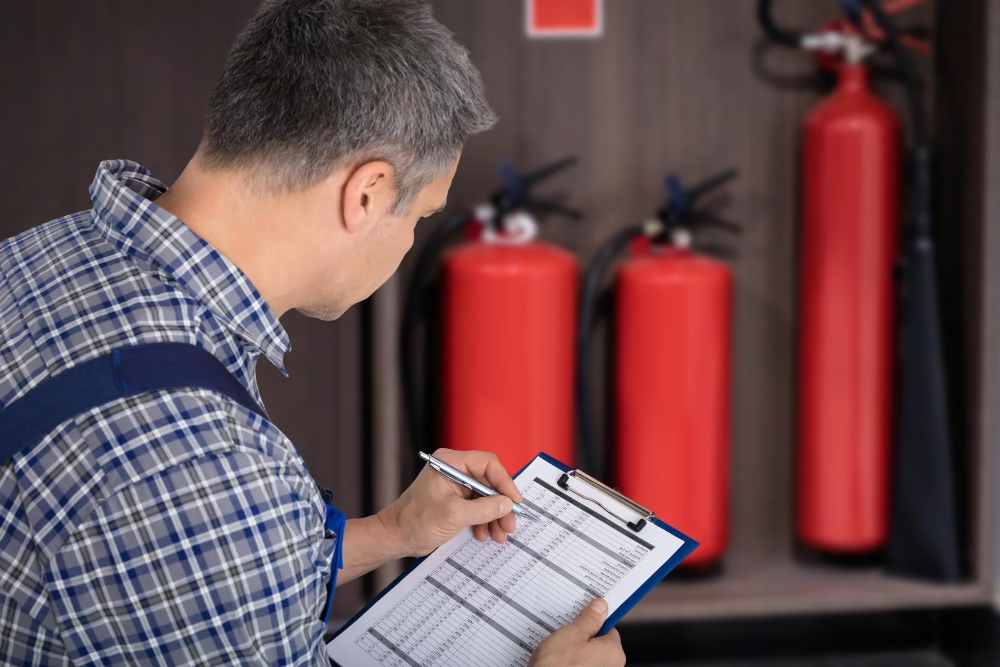
Inspection and testing in fire protection involve the regular evaluation and verification of fire safety systems and equipment to ensure they are functioning correctly, meet regulatory standards, and are capable of responding effectively in the event of a fire. These procedures form a critical part of a proactive fire safety plan and are typically performed by certified professionals. Here’s a summarized explanation:
Objective: The main purpose is to visually assess fire protection equipment and systems to detect any signs of damage, malfunction, or deterioration.
Frequency: Inspections are usually carried out on a recurring schedule—monthly, quarterly, or annually—based on the equipment type and legal guidelines.
Tasks: Inspectors verify that devices like fire extinguishers, sprinklers, alarms, and emergency lighting are correctly installed, in good condition, and ready to operate.
Objective: Testing is a more detailed process aimed at confirming that fire safety systems function correctly during emergencies.
Frequency: Tests are generally less frequent than inspections, often conducted annually, but this may vary depending on regulations and the type of equipment.
Tasks: This involves functional checks such as sounding alarms, discharging extinguishers, or activating sprinkler systems to confirm that all components perform as expected.
Regular inspection and testing help detect issues early, ensure compliance with fire safety regulations, and maintain the effectiveness of fire protection systems. This systematic approach increases safety and readiness in case of a fire emergency, with documentation often required for legal compliance.